The glass lizard is a species of legless lizard that is often mistaken as a snake, though there are differences between glass lizard and snakes. Glass lizards’ long tail gives them a snake-like appearance; however, unlike snakes, they have moveable eyelids and external ear openings.
Four species of glass lizards can be found in Florida and belong to the genus Ophisaurus.
Their sizes range from 15-40 inches long and are usually tan, brown, or greenish, and may have dark stripes down their backs. As the name suggests, glass lizards have remarkably smooth, shiny scales reinforced by bones called ‘osteoderms’, which make the body very hard and brittle. This can result in the tail breaking easily. Thus, they are often seen with broken tails in the process of regrowth. Glass lizards have grooves down each side of their body that allow them to expand when they breathe or are full of food or when a female is full of eggs.
Glass lizards live in wet meadows, grasslands, pine flatwoods, pine scrubs, hardwood hammocks, and other open woods, sometimes seen in suburban neighborhoods. They are often found under boards and other debris on the ground and spend most of their time burrowed underground. Glass lizard diet consists of various insects, spiders, and other invertebrates, small reptiles, and possibly small rodents.

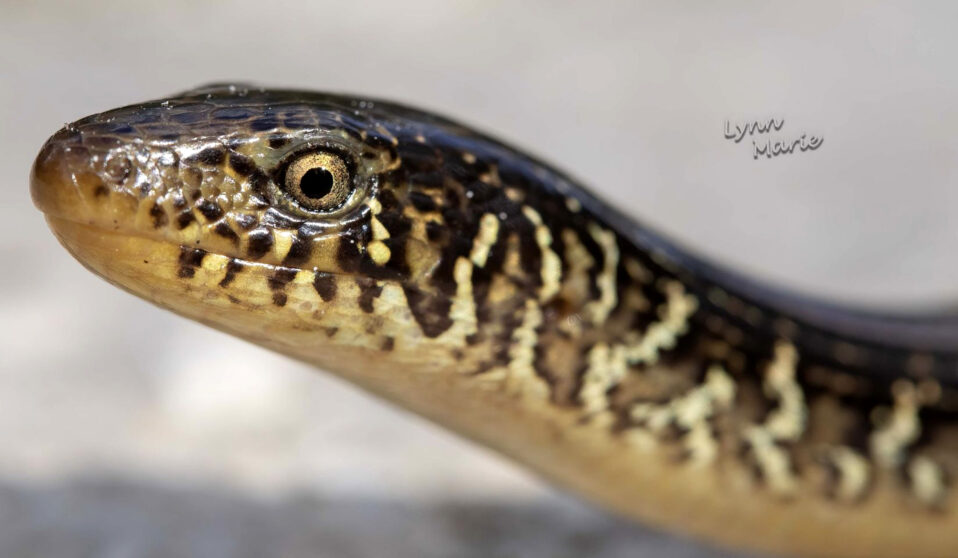
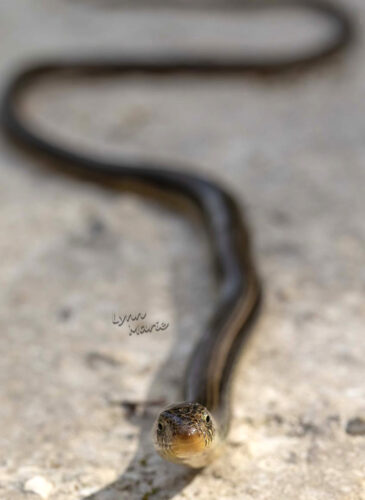
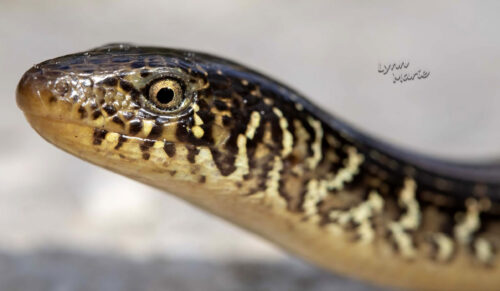
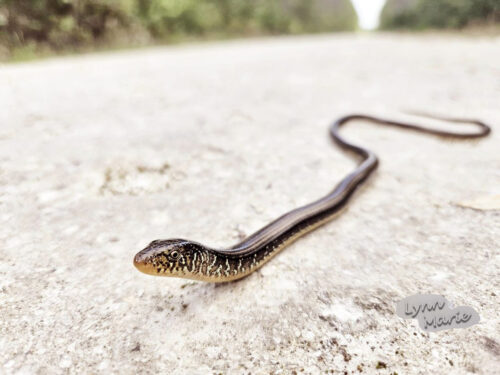
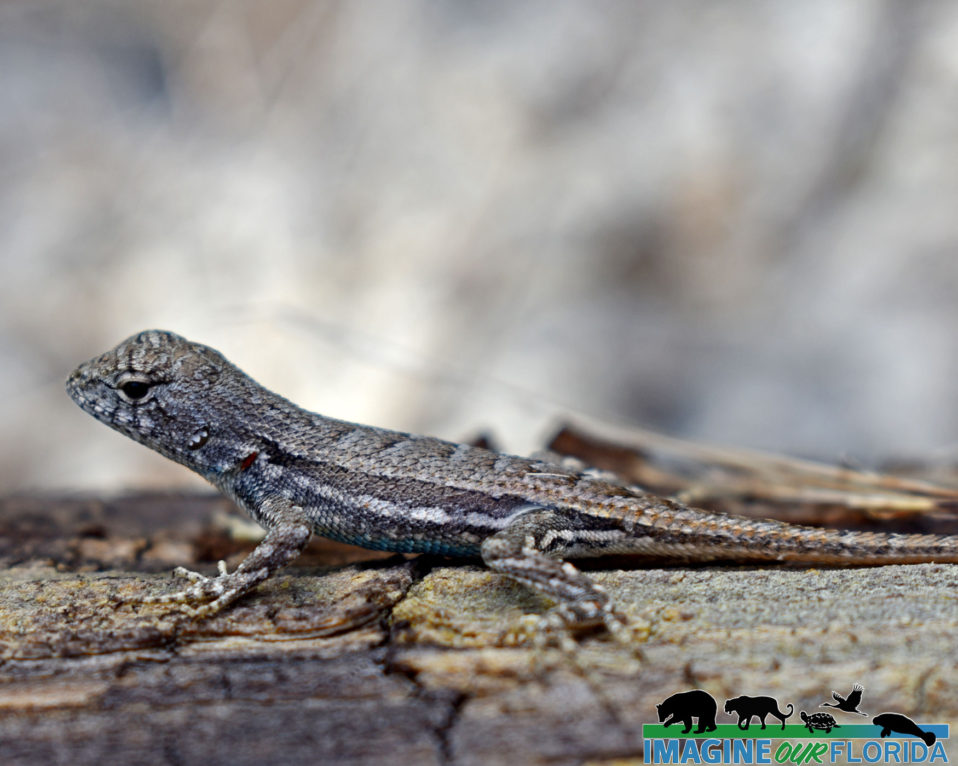
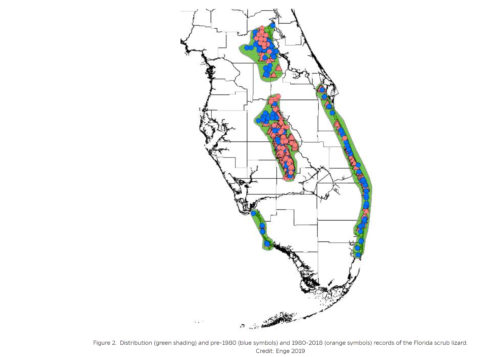
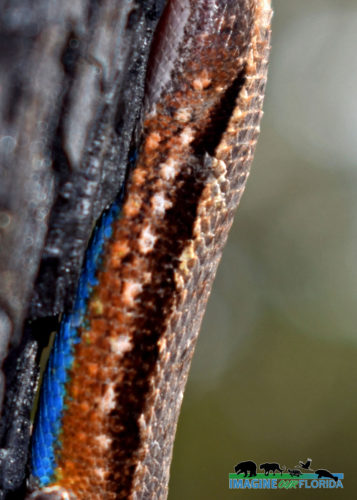
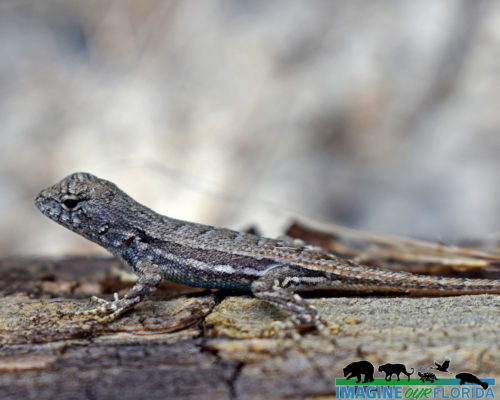
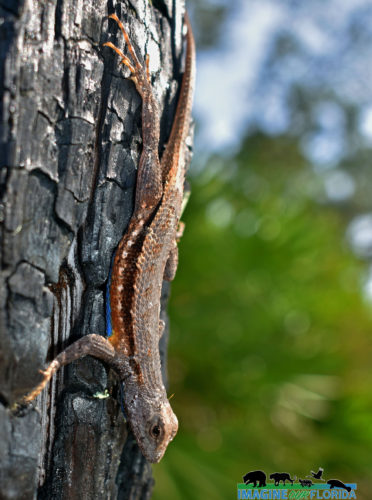
Recent Comments